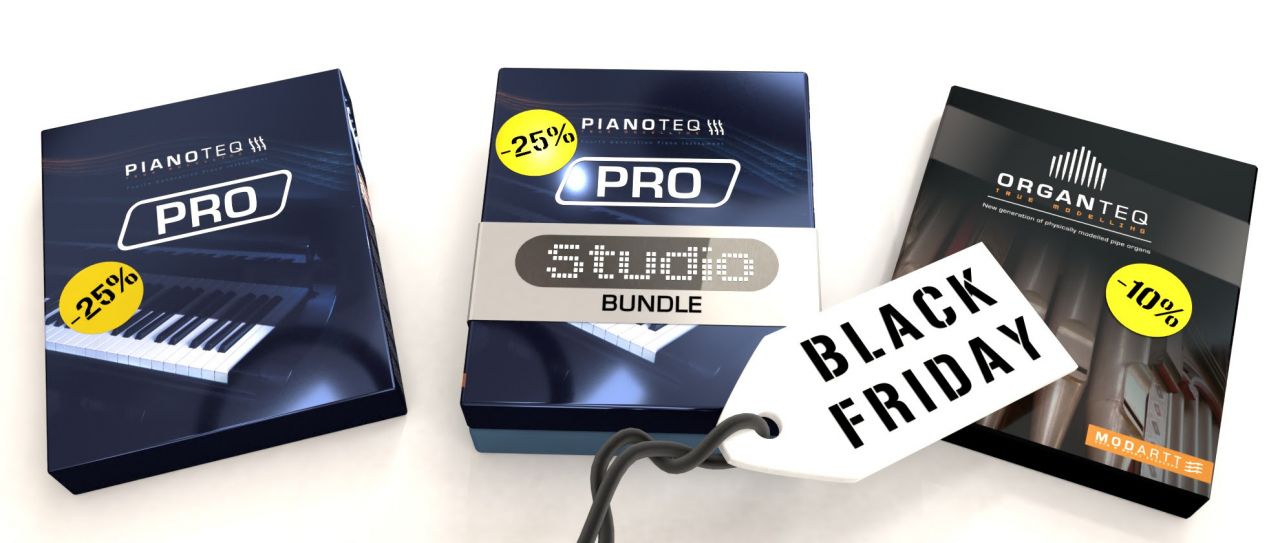

The Velocity panel lets you fine-tune Pianoteq’s response to your controller, via an editable graph or a guided Calibration routine. So it’s quite possible, and perfectly legitimate, to buy and use Pianoteq as a dedicated pitched percussion instrument, and not have any pianos on hand at all.

#MODART PIANOTEQ 5 TPB PLUS#
The choice is between a focus on acoustic pianos (which bundles the Steinway Model D and ‘K2’ grand pianos), electric pianos (Rhodes and Wurlitzer, plus the ‘Hohner Collection’), or chromatic percussions (vibes, celeste, xylophone, marimba and steel pans). Studio is the same as Pro, but includes all the extra Instrument Packs.įor new purchasers (of any of the versions) there’s another crucial choice to make: which soundpack you want bundled with the instrument.
#MODART PIANOTEQ 5 TPB PRO#
Pro additionally lets you edit all the same stuff on a note-by-note basis (good for creatives and Cage-ophiles), mess with individual overtones, and exceed the other versions’ 48kHz max internal processing, right up to 192kHz. They all sound the same, but while Stage is more or less a ‘player’, with limited sound editing options, Standard adds the ability to tweak instrument design and voicing, adjust virtual miking and load external impulse responses in the on-board reverb. That’s true for all three versions of the product, which are Stage (€99), Standard (€249), Pro (€399) and Studio (€699).
#MODART PIANOTEQ 5 TPB MAC#
It runs as a stand-alone application and VST, AU or AAX plug-in, in Mac OS, Windows and Linux. Pianoteq, when maxed out with instrument packs (this one isn’t quite.), is a potent thing, covering a lot of sonic ground.Here’s a quick overview of how you acquire and equip Pianoteq, before we look more closely at the new features. So the package as a whole is looking more authoritative than ever.

In fact though, Pianoteq wasn’t short of endorsements already: Grotrian and Blüthner had previously approved virtual versions of their pianos. It certainly reflects how far the technology has come, and how seriously it’s taken in the wider piano world. This kind of thing is becoming ever important in the virtual piano world, and actually it is quite a coup to have the blessing of arguably the most iconic piano manufacturer out there. This is the first version to be authorised by Steinway & Sons: specifically, the Model D and Model B instruments that already existed in Pianoteq 5. And there’s now the option to export audio files in FLAC or MP3, as well as WAV.įor some potential purchasers, though, I expect Pianoteq 6’s biggest draw will be not a feature addition or technical enhancement but an endorsement. And there’s also now a VST3-format plug-in version, and compatibility with the ARM architecture for Linux users.Īdditionally, there are some MIDI improvements, including an ‘always on’ event recorder in the stand-alone app. There’s a brand-new tuning section, to support historical temperaments, microtonal setups and more, without users having to get their hands dirty with Scala files. The underlying physical modelling has been refined, so that even long-standing instruments are said to have better “realism and acoustic presence”. Version 6 is improved in three main areas. What does Pianoteq 6 do that keeps it competitive? Ready In 6 The virtual piano market has never been more hotly contested. However, as Pianoteq has developed and improved, so has the sample-based opposition. And yet its fundamental nature has never changed: it doesn’t use samples at all, has a miniscule installation size (stand-alone and plug-in versions alike are about 50MB), and asks for no more than 256MB RAM. Along the way it’s turned its hand to not only acoustic pianos, but also historical fortepianos, Rhodes, Wurlitzer and Hohner electrics, as well as concert harps, steel drums and pitched percussion. Over its lifetime Pianoteq has improved steadily, from a proof-of-concept CPU-stretching upstart, to a rounded, refined, versatile and (most importantly) great-sounding virtual instrument.

So it might come as a surprise, if you haven’t followed its development from the start, that Pianoteq is now 12 years old. Modartt’s modelled piano just keeps getting better.Īcoustic modelling instruments and plug-ins, which generate sounds from mathematical simulations of real materials, are still relatively thin on the ground, and can sometimes have a bit of a futuristic vibe. It also changes its backdrop and design depending on what type of instrument you’re playing. The user interface is by default quite compact, but scalable. Pianoteq 6, resplendent in polished black with its new Steinway & Sons branding, and with most of its extensive sound editing parameters exposed.


 0 kommentar(er)
0 kommentar(er)
